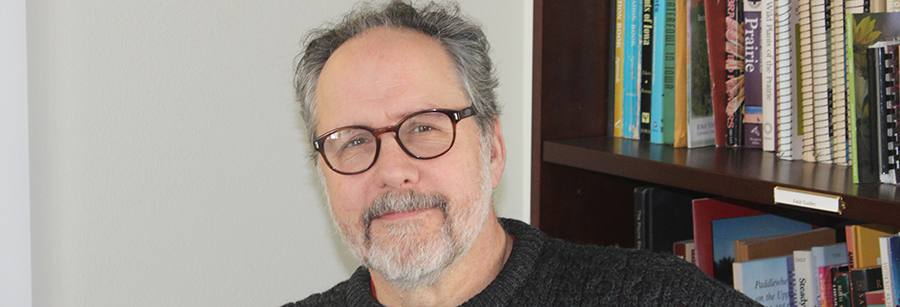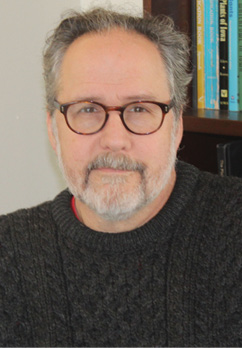
Rootstalk Student Editors, Spring 2017, at Grinnell College’s Macy House, home of Rootstalk and the Center for Prairie Studies. From left: Bazil Mupisiri, Mineta Suzuki, Ben Brosseau, Noah Herbin, Sonia Chulaki, Ceci Bergman, Tapiwa Zvidzwa, Evan Cooper, Rhett Lundy, Marie Kolarik. Not pictured: Aditya Nag
In discussing the prairie region, we often fall to talking about communities, and the various ways we define them. There are the interwoven communities of the natural world, on which the web of a functioning prairie ecosystem’s life depends; there are the communities of thought, conviction, or scholarship, formed by those concerned with studying and legislating various aspects of life in the region; then there are the physical communities in which we, the human residents of the prarie, settle: the cities, towns, villages, neighborhoods, and streets through which we define our civic lives.
A classroom is another type of community. It is a kind of biome, and the people who gather in it—though strangers at the semester’s beginning—quickly become a unit by dint of the shared experience, the hard work, and the sense of discovery which a well-run class entails.
This is as it should be. Engaging in this type of “community work” enables us, at last, to form the sort of truly educated opinions which we need to guide us in our unfolding citizenship in our region. If our community is functioning as it should, then learning to tell the prairie’s stories becomes a kind of “prairie restoration” work, in which we tend to the soul of our home place with as much care as any work crew shows in gathering seed, weeding out invasive species, or setting back-fires during a prairie burn.
In that spirit, I am pleased to introduce you to one of the prairie’s newest communities—small, but mighty —which took up its residence here in the Spring of 2017. 

